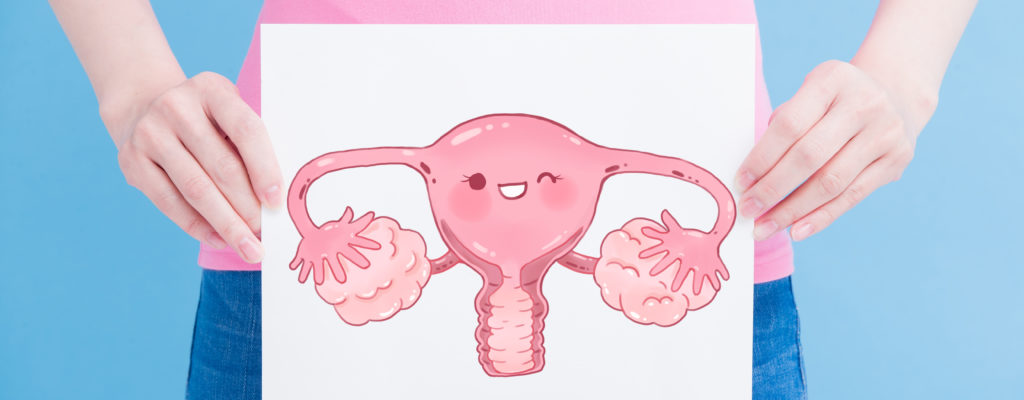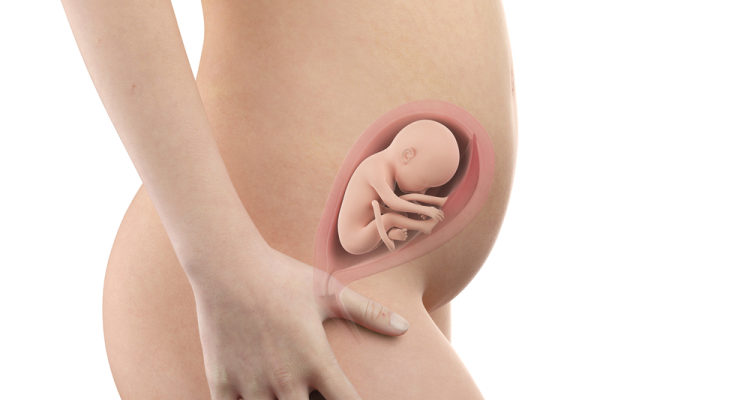Research shows that practicing exercises for pregnant women in the late stages of pregnancy is very beneficial for childbirth. Not only that, these exercises also help reduce the dangerous complications of labor and childbirth.
Exercise is an important part of pregnancy, whether in the first, second or third trimester. However, by the 9th month, most mothers do not dare to practice anymore because they are afraid that they will give birth prematurely or their baby may be injured. In fact, you can still exercise normally, but at this stage, you need to make some adjustments to the movements to ensure the health of both mother and child. Let aFamilyToday Health watch the following shares to learn more about exercise in the 9th month of pregnancy.
Should exercise in the 9th month of pregnancy?
The answer is yes". However, you do need to remember a few important notes about taking care of yourself, such as remember to drink enough fluids, maintain a balanced, nutritious diet, sleep at least 8-10 hours. every day and pay close attention to changes in your body or emotional state. In addition, the choice of exercises will also be limited. You should avoid exercises that put great pressure on the joints and muscles.
Benefits of exercising in the 9th month of pregnancy
Exercising in the ninth month of pregnancy can bring many benefits, such as:
Increases overall strength, reduces the risk of pregnancy complications that can affect the developing fetus
Reducing the risk of gestational diabetes
Speed up postpartum recovery
Reduce constipation
Labor time is shortened, pain is less, especially during normal delivery
Reduce the risk of lower back pain, a complication most common in late pregnancy.
Note when exercising in the 9th month of pregnancy
9 months of pregnancy is a very sensitive time, although exercise brings a lot of benefits, you should also take precautions to ensure the safety of both mother and child:
The first and foremost thing you need to do is consult your doctor before starting the exercise. Your doctor will help you choose the right exercises and provide the instructions you need to stay safe.
Only do light exercises, avoid vigorous exercises that can put great pressure on ligaments and joints. This is because during pregnancy these body parts tend to weaken.
Avoid exercises that require too much body movement. In addition, you should only exercise with moderate intensity, not overtraining.
Try not to exercise for long periods of time and remember to wear comfortable, well-ventilated clothing during the exercise.
What do you need to do before training?
At this stage, you should choose exercises that are light, without pain, shortness of breath, or fatigue:
Warm up thoroughly before exercising to avoid muscle pain
Don't forget to drink water, eat well and get enough sleep
Start with low intensity, then work your way up slowly to make sure you can take extra pressure
Divide large exercises into smaller exercises, such as walking every ten minutes, three times a day, instead of every thirty minutes
Do not exercise in too hot places because the mother's body temperature rises too high can adversely affect the development of the baby.
When should I stop exercising?
If you experience any of the following symptoms while exercising, stop immediately and consult your doctor:
Shortness of breath
Headache
Dizziness
Leaks amniotic fluid
Chest pain or pressure
Vaginal bleeding
Overbalance
Sudden severe stomach pain
Pain in the lower leg and calf
Exercises for safe pregnancy in late pregnancy

Here are some of the safest and best exercises for pregnant women in 9 months:
Yoga
Yoga is the best exercise for pregnant women. Yoga movements are not only safe, but also improve flexibility and strength of the body. Not only that, it also helps reduce symptoms of anxiety, stress, and improves sleep . Yoga works to help relieve muscle pain, while enhancing blood circulation. Studies show that yoga can fight pregnancy symptoms such as nausea, headaches ... However, if you feel uncomfortable while practicing, stop and consult an expert.
Practice with the ball
Ball exercises are also quite safe and effective, which can help tone your abs. Remember to choose the right type of training ball that matches your height to make the practice easier.
Kegel exercises
Kegel exercises are designed for the pelvic muscles - the muscles around the urethra, bladder, rectum, and uterus. When taken regularly, it can help strengthen pelvic floor muscles, while also helping to control muscles effectively at birth. It's an easy exercise to do because you can do it anywhere and anytime.
To do the Kegel exercises, you first need to define your pelvic muscles by stopping halfway through urination - the muscle you are using while doing this is called the pelvic floor muscle. Now that you have identified the pelvic floor muscles, pull in your abdomen, especially the abdominal muscles for 3 to 10 seconds, hold your breath, then exhale and relax. You can do this while sitting or standing. You should practice 4 times a day to see significant improvement.
Walking and swimming

Walking can make it easier for you to give birth. Studies show that walking helps shorten the length of time you have labor because it can actually help increase stamina if you exercise regularly.
Pregnant women in their 3rd trimester of pregnancy regularly walk will be very beneficial because this exercise increases pelvic pressure, thus making it easier for the fetus to move into a better position. advantages during childbirth. You can walk about ten to twenty minutes each day to increase flexibility in your body.
Swimming is also recommended for ninth-month pregnant mothers because it can help tone muscles and regulate heart rate.
Pilates
Pilates is also one of the most popular pregnancy exercises because it improves strength and elasticity, which in turn helps relieve back pain. However, with this exercise, you will need the guidance of an experienced trainer to avoid accidentally straining the pelvic and back muscles, possibly causing injury and pregnancy failure.
Pelvic tilt
There are many types of pelvic exercises that you can try. In this article, we introduce you to the cat tilting exercise . You inhale, hinge your back down, push your stomach down, your head up slightly, at the same time trying to push the tailbone up. Hold this for a few seconds. Next, you exhale, try to squeeze the pelvic muscles, push your back arched, head slightly down, hold for a few seconds. Repeat at least 10 times.













